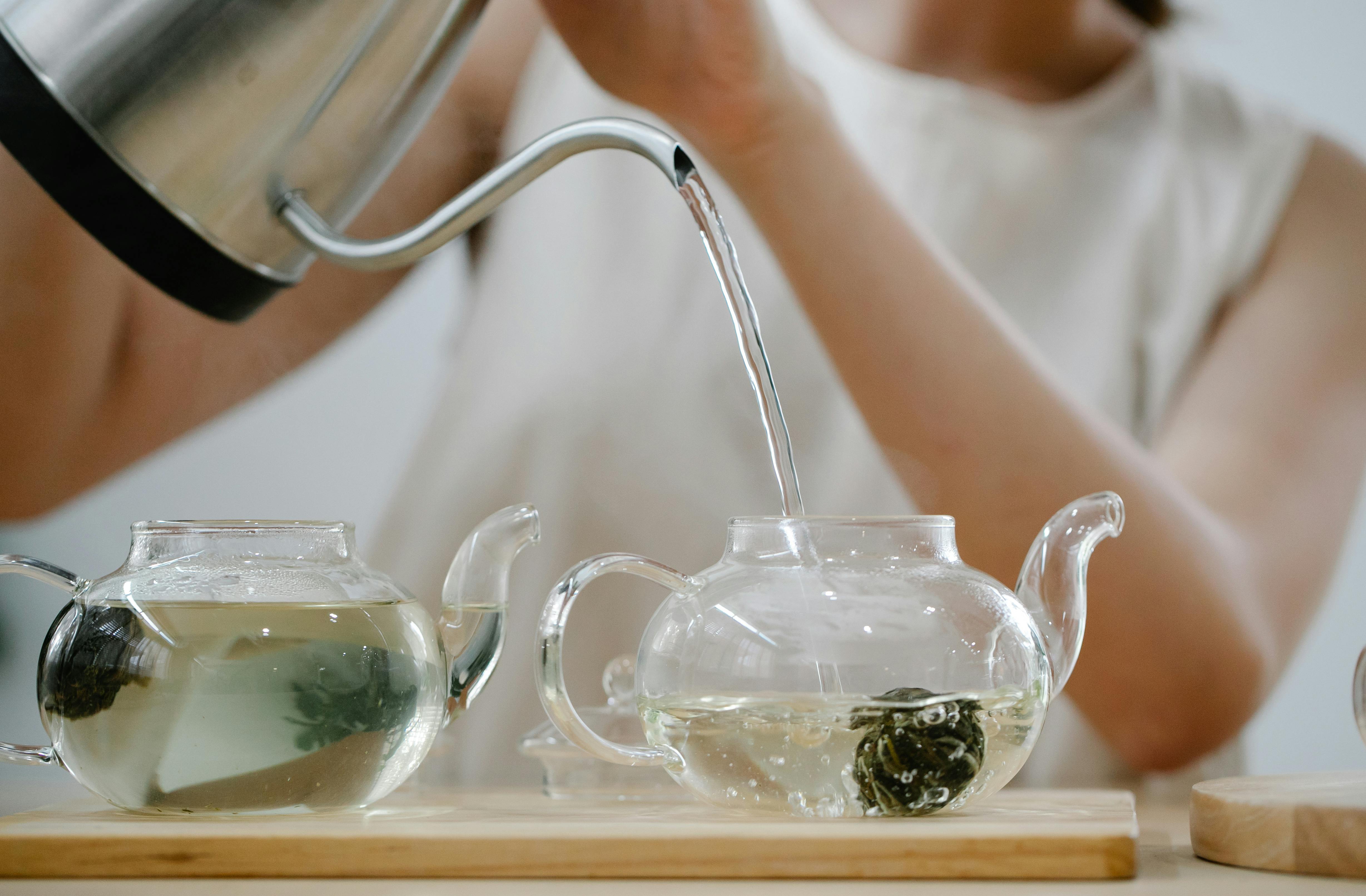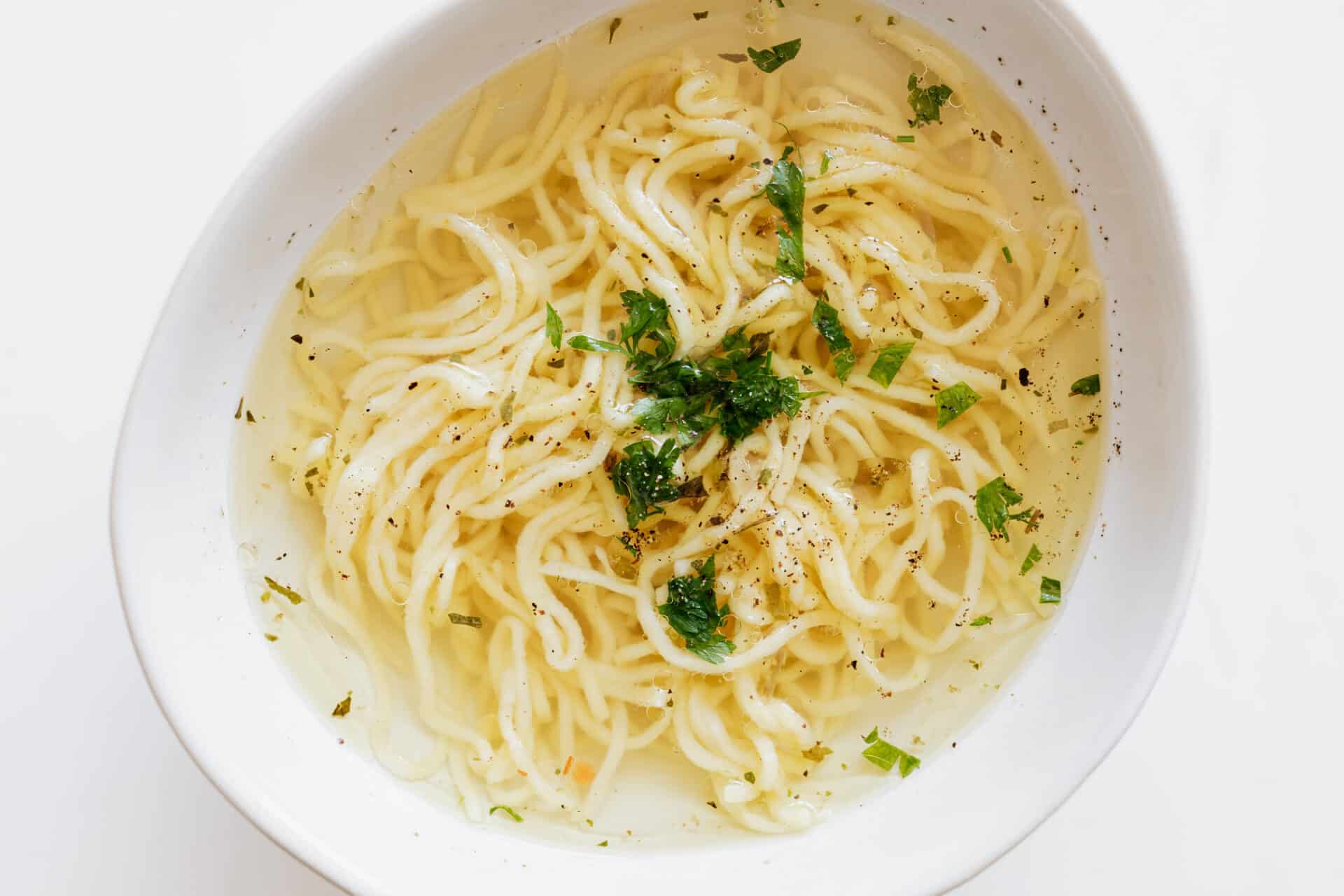Water is essential for life, and it can be found in many forms. Two of the most popular types of water are distilled water and boiled water. But what’s the difference between the two? Distilled water is made through a process of distillation, where impurities are removed from regular tap water. Boiled water, on the other hand, is simply heated to a boiling point and then cooled before use. Both types of water have their own unique advantages and disadvantages. In this article, we’ll explain the differences between distilled and boiled water and discuss which one might be best for you.Distilled water is a type of purified water that has had both contaminants and minerals removed. It is produced by boiling water and then condensing the steam back into a liquid. This process removes impurities such as salts, ions, and other particles that can be found in regular tap water. Distilled water is often used in medical facilities and laboratories due to its purity.
Boiled Water
Boiled water is water that has been heated to its boiling point of 100°C (212°F). This process kills any existing microorganisms and makes the water safe to drink. Boiling also removes any impurities and tastes that may be present in the water. Boiling also helps to soften hard water, making it easier for soap to lather and rinse off of dishes and clothing. Boiling can also be used to purify water contaminated with parasites, bacteria, or viruses.
Boiling is a simple and effective way to make water safe for consumption. All that is required is heating the water until it reaches its boiling point. Once boiled, the water should be allowed to cool before drinking or using it in cooking. Boiled water can be stored in a clean container with a lid or stored in a sealed bag for later use.
Boiled water can be used for a variety of tasks such as making coffee or tea, reconstituting dried foods, cleaning dishes, preparing baby formula, washing fruits and vegetables, and cleaning cuts and scrapes. Boiling is also an effective way to sanitize
Composition of Distilled Water
Distilled water is a type of purified water which has been processed through distillation to remove impurities. This process involves boiling the liquid and collecting the steam, which is then cooled and condensed back into liquid form. The resulting water contains very few impurities, making it suitable for a range of uses. The composition of distilled water is largely dependent on the source from which it has been collected. Generally speaking, distilled water consists of two major components – oxygen and hydrogen – and trace amounts of other substances such as minerals, salts, and organic compounds.
Oxygen is the most abundant component in distilled water, accounting for about 88 percent of its mass. Hydrogen makes up the remaining 12 percent with trace amounts of other substances making up less than 1 percent combined. These trace substances can include minerals such as calcium, magnesium, sodium, potassium, iron and chloride; organic compounds such as carbon dioxide; and various salts such as bicarbonate and sulfate.
The composition of distilled water can vary greatly depending on its source. Water from natural sources such as rivers or lakes may
Composition of Boiled Water
Boiling water is one of the most common ways to purify it for drinking. Boiling water kills off any bacteria, parasites, and viruses present in the water, making it safe to drink. The process of boiling also has other effects on the composition of the water. When water is boiled, some of its components evaporate and are removed from the liquid. This changes the composition of the boiled water compared to its original state.
The main component of boiled water is oxygen. Oxygen is present in all liquid forms of water and makes up about 87% by volume. Other components include nitrogen (8%), carbon dioxide (1%), hydrogen (1%) and trace amounts of other elements such as sulfur and chlorine. Trace amounts of minerals may also be present depending on where the water was sourced from before boiling.
When boiling, some components such as minerals will remain in the liquid while others like gases will evaporate and be lost from the water. This means that boiled water will have a different composition than regular tap or bottled water which has not been boiled. The process of boiling can also concentrate certain components like
Appearance of Distilled Water
Distilled water is a type of purified water that has had both impurities and minerals removed. It has a very plain taste and appearance, which some find unappealing. Distilled water is clear and colorless, like most other types of purified water. It does not contain any suspended solids, making it look clean and smooth when poured into a glass or other container. The taste of distilled water can be described as flat or bland since it does not contain any minerals or other substances that enhance the flavor. Some people find this to be an advantage because they do not have to worry about any aftertastes or unpleasant flavors when drinking distilled water. Additionally, the lack of minerals makes it ideal for use in many appliances such as irons, steamers, and humidifiers where mineral buildup can cause damage.

Appearance of Boiled Water
Boiled water is a common household item and is found in both hot and cold temperatures. It has a clear, colorless appearance that can vary depending on the type of water used. Boiling water also produces steam, which can be seen rising from the surface of the liquid. The boiling process removes impurities from water, making it safe for drinking and other uses. Boiled water may also contain trace minerals that give it a slightly salty or metallic taste. Boiling does not change the chemical composition of the water, but it does increase its temperature and remove some harmful pathogens. Boiling also kills bacteria and other microorganisms present in the water, making it safer for consumption.
Boiled water is often used to make coffee, tea, soups, and various other recipes. It is also used for cleaning dishes and utensils as well as for sterilizing medical instruments. Boiling is an effective method for purifying contaminated or polluted water sources as well.
Production of Distilled Water
Distilled water is produced through a process called distillation. This process involves boiling liquid, like tap water, and collecting the steam that is released. The steam is then cooled and condensed back into liquid form, which is the distilled water. This process removes dissolved solids, like salts and minerals, from the original liquid and produces highly purified water. Distillation can also be used to separate different types of liquids that have different boiling points.
The process of distillation begins with heating the source liquid to its boiling point. The resulting vapor is then collected in a condenser, which cools the vapor to a state where it can be condensed back into a liquid. This condensation results in pure distilled water without any of the impurities found in the source material. Once collected, this distilled water can then be used for various purposes such as drinking, cooking, or medical applications.
The quality of distilled water produced by distillation depends on several factors such as the temperature of boiling and cooling as well as the purity of the source material. In order to ensure that high-quality distilled water is produced, it is
Production of Boiled Water
Boiling water is a process of heating water to its boiling point, which is 100 degrees Celsius or 212 degrees Fahrenheit. It is commonly used to make hot drinks such as tea and coffee, as well as for sterilization and disinfection purposes. Boiled water can also be used for cooking meals such as pasta, rice, and soups. The process of boiling water involves heating the liquid until it reaches its boiling point and then allowing it to simmer until all the impurities are removed. It can be done on the stovetop or in the microwave.
When boiling water on the stovetop, it is important to use a pot with a lid to ensure that all of the impurities are removed. The lid helps trap steam inside the pot so that it can reach its boiling point faster. Once the water has reached its boiling point, reduce the heat and allow it to simmer for several minutes before removing from heat. This will help remove any remaining impurities from the water.
When using a microwave to boil water, fill a bowl or cup with cold tap water and place it in the microwave oven on full power for

Conclusion
Distilled water and boiled water are two different forms of purified water. While both processes involve the removal of impurities, they have different end results. Boiled water is free from bacteria and other microorganisms but not necessarily free from dissolved solids, while distilled water is completely free from all contaminants. The choice between the two depends on the intended use of the water. Boiled water may be preferable for drinking and food preparation, while distilled water may be a better choice for certain medical and laboratory applications.
Ultimately, it is important to understand the differences between distilled and boiled water in order to choose the one that best meets your needs.

